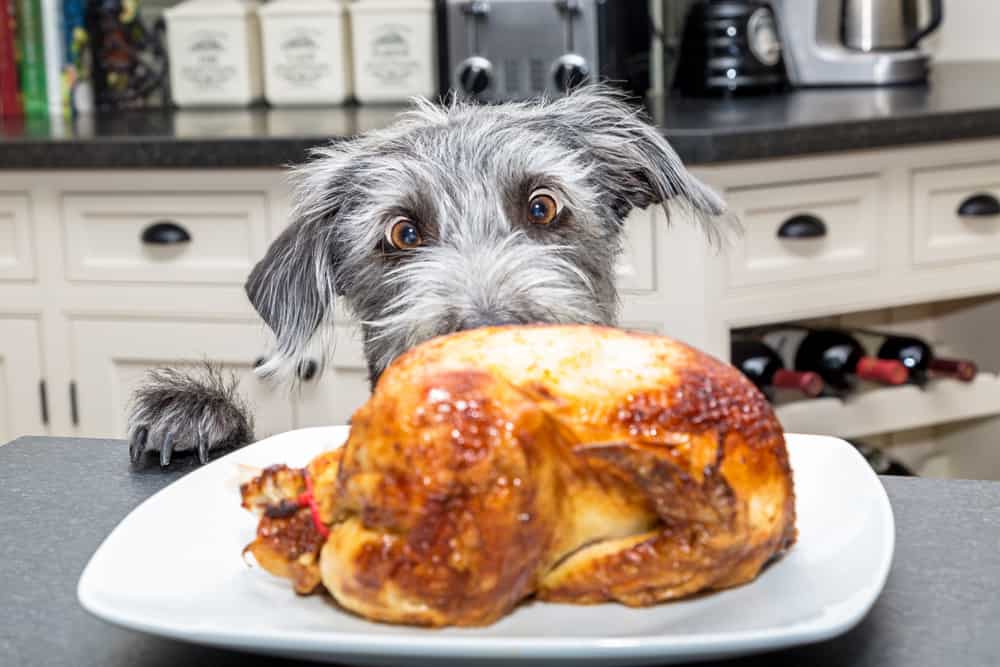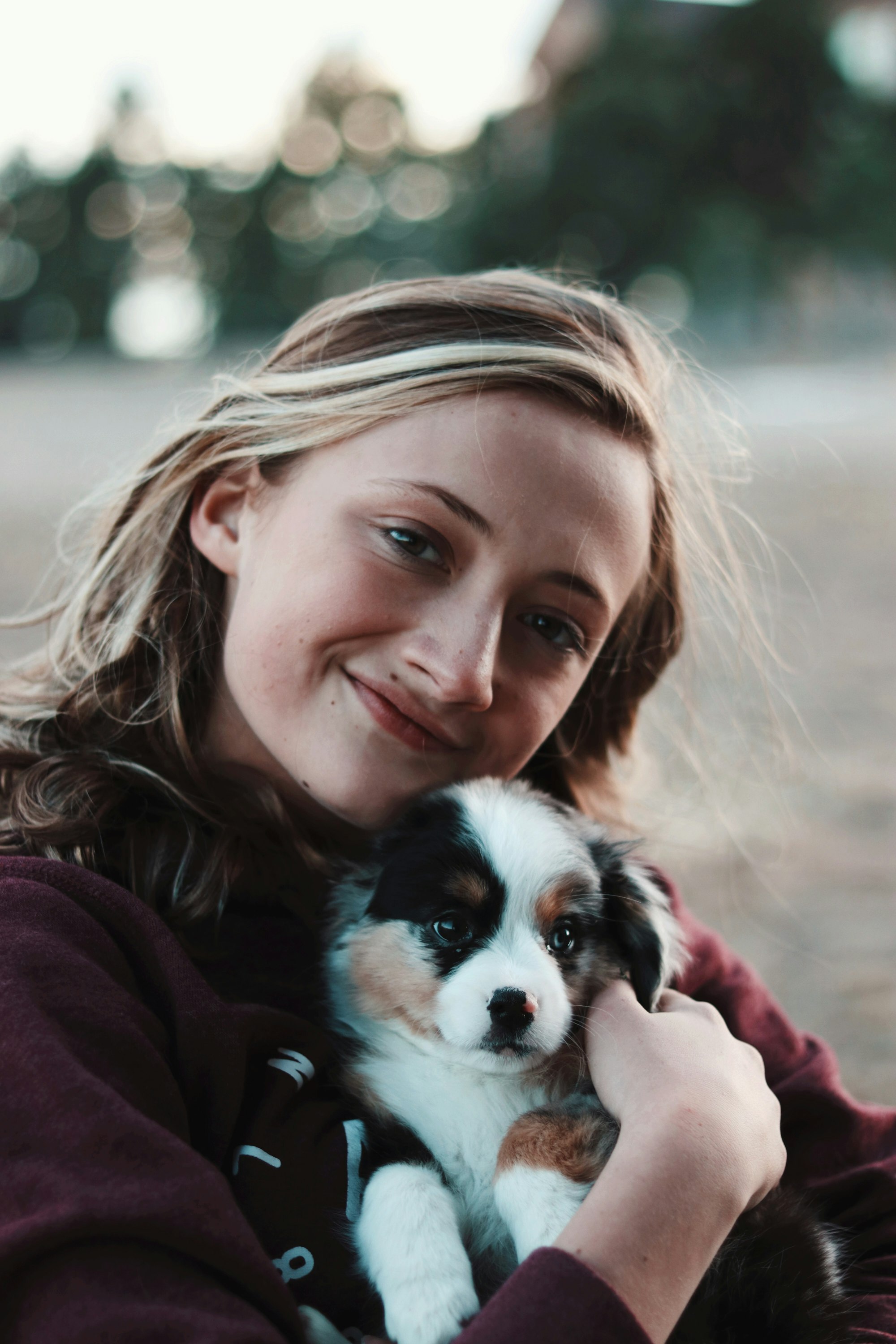Dog licking wounds is a common behavior that can interfere with the healing process. While licking is a natural instinct for dogs to clean and soothe themselves, excessive licking can lead to further irritation, infection, and delayed healing. To prevent this, many pet owners resort to using a collar, also known as an Elizabethan collar or e-collar, to restrict the dog's access to the wound.
However, if you are looking for alternative solutions to stopping your dog from licking wounds without using a collar, there are several options to consider. These solutions range from behavioral training to home remedies and seeking veterinary advice. Understanding the underlying reasons behind a dog's tendency to lick wounds is essential in finding the most suitable approach to address the issue effectively.
Understanding the Issue: Why Does a Dog Lick Wounds?
When it comes to a dog licking wounds, it is essential to understand the underlying reasons behind this behavior. Dogs have a natural instinct to lick their wounds as a form of self-care and protection. Here are some key factors to consider:
1. Instinctive behavior: Dogs instinctually lick wounds to clean them and remove dirt or debris. Licking also helps stimulate blood flow to promote healing.
2. Pain relief: The act of licking releases endorphins, which can help alleviate pain and provide comfort. This natural pain relief mechanism is similar to how humans rub or massage an injured area.
3. Emotional reassurance: Licking wounds is also a self-soothing behavior for dogs. It can provide them with a sense of emotional comfort and security, similar to how humans may engage in self-soothing activities when they are upset or anxious.
4. Taste and smell: Wounds can have a distinct odor and taste that may attract a dog's attention. Dogs have a keen sense of smell, and they may be drawn to their wounds due to the scent or taste of blood or bodily fluids.
Understanding why dogs lick their wounds is crucial in addressing this behavior. Prolonged or excessive licking can lead to complications such as infection or delayed healing. If you notice your dog excessively licking a wound, it is essential to consult with a veterinarian to ensure proper care and treatment.
I once had a Labrador Retriever named Max who developed a small cut on his paw. Despite my efforts to keep the wound clean and protected, Max incessantly licked it. Concerned about the potential for infection, I consulted with my vet. The vet explained that Max's licking was a natural response to the wound, but it needed to be controlled to prevent complications.
The veterinarian suggested using an Elizabethan collar to prevent Max from accessing the wound. With the collar in place, Max's wound healed quickly, and he resumed his normal activities without any further issues. It was a valuable lesson for me in understanding why dogs lick wounds and the importance of taking appropriate measures to prevent complications.
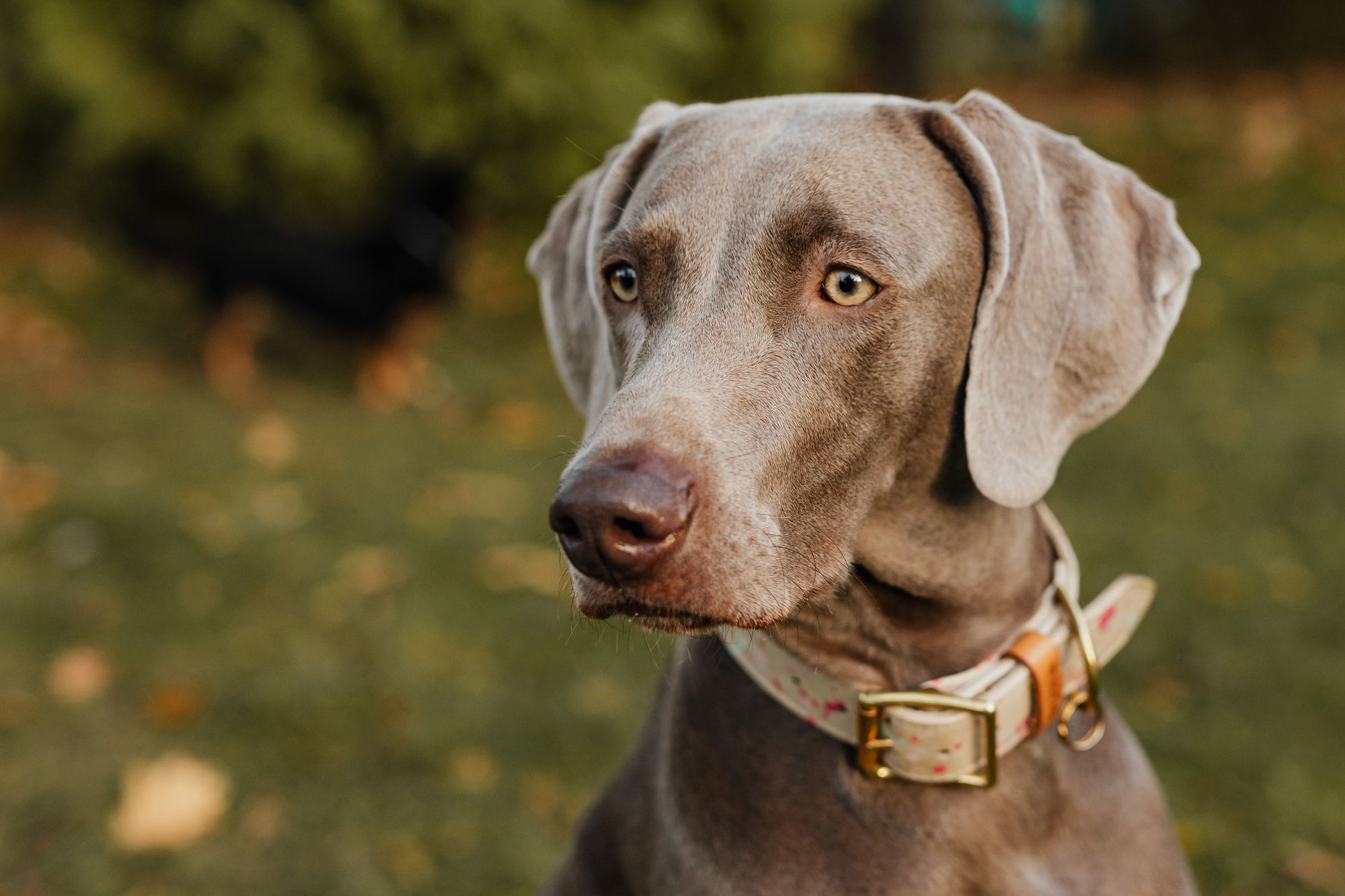
Alternative Solutions to Using a Collar
When it comes to finding alternatives to using a collar to stop your dog from licking a wound, there are several innovative solutions worth exploring. In this section, we will dive into these alternative options, including behavioral training techniques, medications or sprays that aid in healing and prevention, as well as the use of protective clothing or bandages to safeguard the wound. Get ready to discover new approaches to help your furry friend recover without the need for a collar.
1. Behavioral Training
- Establish a routine: Dogs thrive on routine, so it's important to incorporate behavioral training into a consistent schedule. Set specific times for feeding, exercise, and potty breaks.
- Use positive reinforcement: Incorporate rewards, such as treats, praise, and affection, when your dog exhibits desired behaviors. This will motivate them to repeat those behaviors during training.
- Redirect their attention: If you notice your dog attempting to lick their wound, redirect their attention to a more appropriate behavior or activity, such as playing with a toy or practicing a command, as part of the behavioral training.
- Teach alternative behaviors: As part of the behavioral training, train your dog to engage in alternative behaviors, such as sitting or lying down, when they feel the urge to lick their wound.
- Consistency is key: During the behavioral training, be consistent in your methods and expectations. This will help your dog understand what is considered acceptable behavior and what is not.
2. Medications or Sprays
When it comes to deterring dogs from licking wounds, there are several options available, including medications or sprays. These medications or sprays can be effective in discouraging dogs from licking and promoting healing. Here are some of the options:
- Antibacterial Sprays: Specifically formulated for dogs, these sprays help prevent infections in wounds and discourage licking.
- Anti-Lick Gels: These gels have a bitter taste that dogs find unpleasant, effectively deterring them from licking wounds. They can be safely applied directly to the affected area.
- Topical Medications: Ointments or creams containing ingredients like corticosteroids can aid in wound healing and reduce itching.
- Elizabethan Collars with Medication: For persistent licking, combining medications or sprays with an Elizabethan collar can prevent access to the wound area, allowing the medications or sprays to work effectively.
Remember, it's vital to consult your veterinarian before using any medications or sprays on your dog's wounds. They can provide guidance on the best options for your specific situation, ensuring safety and effectiveness. Always follow the manufacturer's instructions and monitor your dog's behavior and healing progress.
Using medications or sprays, in addition to other methods like behavioral training or protective clothing, can help prevent your dog from licking wounds, promoting proper healing and avoiding potential complications.
3. Protective Clothing or Bandages
To protect a dog's wound from licking, there are several options for using protective clothing or bandages. Here are some suggestions:
- Elizabethan Collar: This is a commonly used cone-shaped collar that prevents a dog from reaching its wound. It ensures that the wound remains covered and safe from licking or scratching.
- Full-body suits: These suits provide complete coverage for the dog's body, including the wound area. They are made of soft, breathable material and are easy to put on. Full-body suits are particularly useful for wounds on the torso or limbs.
- Bandages: Depending on the size and location of the wound, protective clothing or bandages can be used to cover the area effectively. They should be secured properly to prevent the dog from removing them.
- Boots or socks: If the wound is on the paw, protective boots or socks can be used to cover the area. These not only prevent licking but also provide protection against dirt and bacteria.
- Medical tape: In some cases, it may be necessary to wrap the wound with medical tape to keep it covered and secure. This should be done carefully to avoid causing discomfort or restricting movement.
It is important to note that while protective clothing or bandages can help prevent licking, they should be used in conjunction with other measures to promote proper healing, such as regular wound cleaning and medication prescribed by a veterinarian. It is crucial to monitor the dog to ensure that the protective clothing or bandages do not cause any irritation or discomfort.
Remember, the ultimate goal is to provide a safe and comfortable environment for the dog to heal. Consulting with a veterinarian can help determine the best protective clothing or bandage option for your dog's specific needs.

Home Remedies to Deter Dogs from Licking Wounds
When it comes to helping our furry friends heal, finding effective remedies to deter dogs from licking their wounds is crucial. In this section, we will explore various home remedies that can be used as alternatives to traditional collars. From the bitter apple spray to dressings with distasteful flavors, we'll discover creative ways to keep our dogs from exacerbating their wounds. No more uncomfortable collars or cones - let's dive into these natural and safe solutions!
1. Bitter Apple Spray
When it comes to stopping a dog from licking wounds, one effective solution is using Bitter Apple Spray. This spray is a safe and non-toxic deterrent that can discourage dogs from licking or chewing on their wounds. Here are some key points to know about using Bitter Apple Spray:
- Easy to use: Bitter Apple Spray comes in a convenient spray bottle that allows for easy application. Simply spray a thin layer of the spray onto the wound or the surrounding area.
- Unpleasant taste: The spray contains a bitter taste that dogs find unpleasant. When they lick or bite at the wound, the taste of Bitter Apple Spray will discourage them from continuing.
- Safe for dogs: Bitter Apple Spray is specifically formulated for dogs and is safe for them to ingest. It's important to follow the manufacturer's instructions and avoid spraying it directly into your dog's eyes or sensitive areas.
- Long-lasting effect: Bitter Apple Spray creates a lasting taste that can deter dogs from licking their wounds for an extended period. This allows the wound to heal without interference.
- Prevents further irritation: By preventing dogs from licking their wounds, Bitter Apple Spray helps to reduce the risk of infection and irritation. It allows the wound to heal properly and speeds up the recovery process.
Bitter Apple Spray is an effective and safe solution for preventing dogs from licking wounds. Its unpleasant taste discourages dogs from engaging in this behavior, allowing wounds to heal undisturbed.
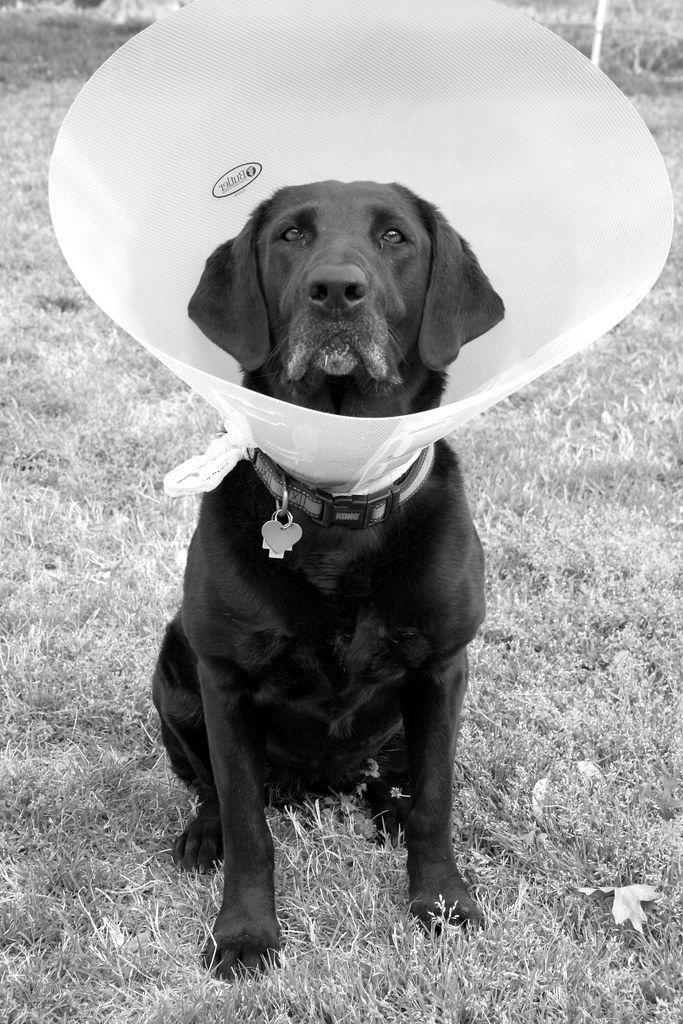
2. E-Collars or Cone Alternatives
When it comes to preventing a dog from licking wounds without using E-Collars or Cone Alternatives, there are alternative options that can be considered. Here are some alternatives to E-Collars or cones:
1. Inflatable collars: These are soft, inflatable collars that can be worn around the neck to prevent dogs from reaching their wounds. They provide a more comfortable alternative to traditional cones and allow dogs to move around more easily.
2. Neck wraps or body suits: These are specially designed clothing or wraps that cover the wound area and prevent dogs from accessing it. They are made from breathable materials and can be more comfortable for dogs to wear compared to cones or collars.
3. Recovery jackets: These jackets are made from lightweight, stretchy fabric and provide full coverage of the wound area. They have built-in sleeves or pockets to hold wound dressings securely, keeping them protected from licking or biting.
4. Anti-lick sprays: Some sprays have bitter tastes or unpleasant smells that can deter dogs from licking their wounds. These can be applied directly to the wound area or on bandages to discourage licking.
Using these alternatives can help provide a more comfortable and humane option for preventing dogs from licking their wounds. It is important to consult with a veterinarian to determine the most suitable option for your dog's specific needs.
Fact: E-Collars or Cone Alternatives can offer effective solutions to prevent dogs from licking wounds while allowing them more freedom of movement and comfort.
3. Dressings with Distasteful Flavors
- Using dressings with distasteful flavors can be an effective way to deter dogs from licking their wounds.
- The application of dressings with distasteful flavors can create an unpleasant taste that dogs find unappealing, thereby discouraging them from licking their wounds.
- These dressings, which come in various types, can be directly applied to the wound or used as a covering over other types of bandages or dressings.
- There are specifically designed dressings available that have distasteful flavors such as bitter apple, citrus, or menthol, which effectively deter dogs from licking.
- Rest assured, these dressings are safe for dogs and do not cause any harm or discomfort to their skin or wounds.
- Ensuring secure application and proper sealing is crucial to prevent dogs from removing or tampering with the dressings.
- Periodic reapplication of certain dressings may be necessary, particularly if the wound is healing slowly or the dog persists in attempting to lick it.
- Before using dressings with distasteful flavors, seeking guidance from a veterinarian is recommended as they can suggest the most effective dressing for your dog's specific wound and behavior.
- Addressing any underlying medical issues or behavioral factors that contribute to excessive licking of wounds is essential in addition to utilizing dressings with distasteful flavors.
- Combining dressings with distasteful flavors with other strategies like behavioral training and providing distractions, you can effectively prevent dogs from licking their wounds without resorting to using a collar.
Providing Distractions and Diversion
When it comes to preventing dogs from licking wounds without using a collar, providing distractions and diversion can be a useful approach. Here are some strategies that can help:
- Interactive toys: Offer your dog interactive toys that can keep them engaged and mentally stimulated. Puzzle toys, treat-dispensing toys, and toys that require physical activity can divert their attention from the wound.
- Training exercises: Engage in training exercises with your dog to redirect their focus away from the wound. Simple commands like "sit," "down," or "stay" can help occupy their mind and prevent them from licking the wound.
- Environmental enrichment: Create an enriching environment for your dog by providing engaging activities such as food puzzles, scent games, or hiding treats around the house. This helps to keep their mind engaged and provides a positive distraction.
- Positive reinforcement: Use positive reinforcement techniques to reward your dog for good behavior. This can include praise, treats, or playtime. By rewarding them for leaving the wound alone, you encourage the desired behavior.
- Divert attention: Distract your dog's attention from the wound by engaging them in activities they enjoy, such as going for walks, playing fetch, or engaging in interactive play sessions.
Remember, every dog is different, so it's important to find what works best for your furry friend. By providing distractions and diversions, you can help prevent your dog from licking their wound without the use of a collar and promote faster healing.
Seeking Veterinary Advice
If your furry friend won't stop licking their wound, seeking veterinary advice is crucial. In this section, we'll uncover the reasons behind your dog's relentless licking in sub-section one. From potential underlying medical issues to the impact it can have on the healing process, we'll dive into the facts. In sub-section two, we'll explore professional guidance on alternative approaches. Get ready to discover tried-and-true methods to keep your pup's wound clean and promote faster recovery.
1. Underlying Medical Issues
When it comes to dogs licking wounds, it is essential to consider the possibility of underlying medical issues that may be causing this behavior. Here are some factors to consider:
- Infections: Dogs may excessively lick their wounds if they have an underlying infection. Infections can cause discomfort or itchiness, leading to the dog's desire to lick the affected area. It is crucial to have any wounds properly examined by a veterinarian to determine if an infection is present.
- Wound Healing: Certain medical conditions, such as poor circulation or compromised immune function, can impede the healing process. Dogs may instinctively lick their wounds to clean them or promote healing, addressing these underlying medical issues can help reduce the dog's need to lick.
- Pain or Discomfort: Dogs may also lick wounds due to pain or discomfort, which could be caused by conditions such as arthritis or other injuries. Proper pain management and treatment for these underlying issues can help alleviate the dog's urge to lick.
Consulting with a veterinarian is important to identify and address any underlying medical issues contributing to excessive licking of wounds. They can provide a thorough examination, diagnose any medical conditions, and prescribe appropriate treatments or interventions.
Fact: According to a study published in the Journal of Small Animal Practice, 60% of dogs licking wounds excessively had an underlying medical condition that needed to be addressed.
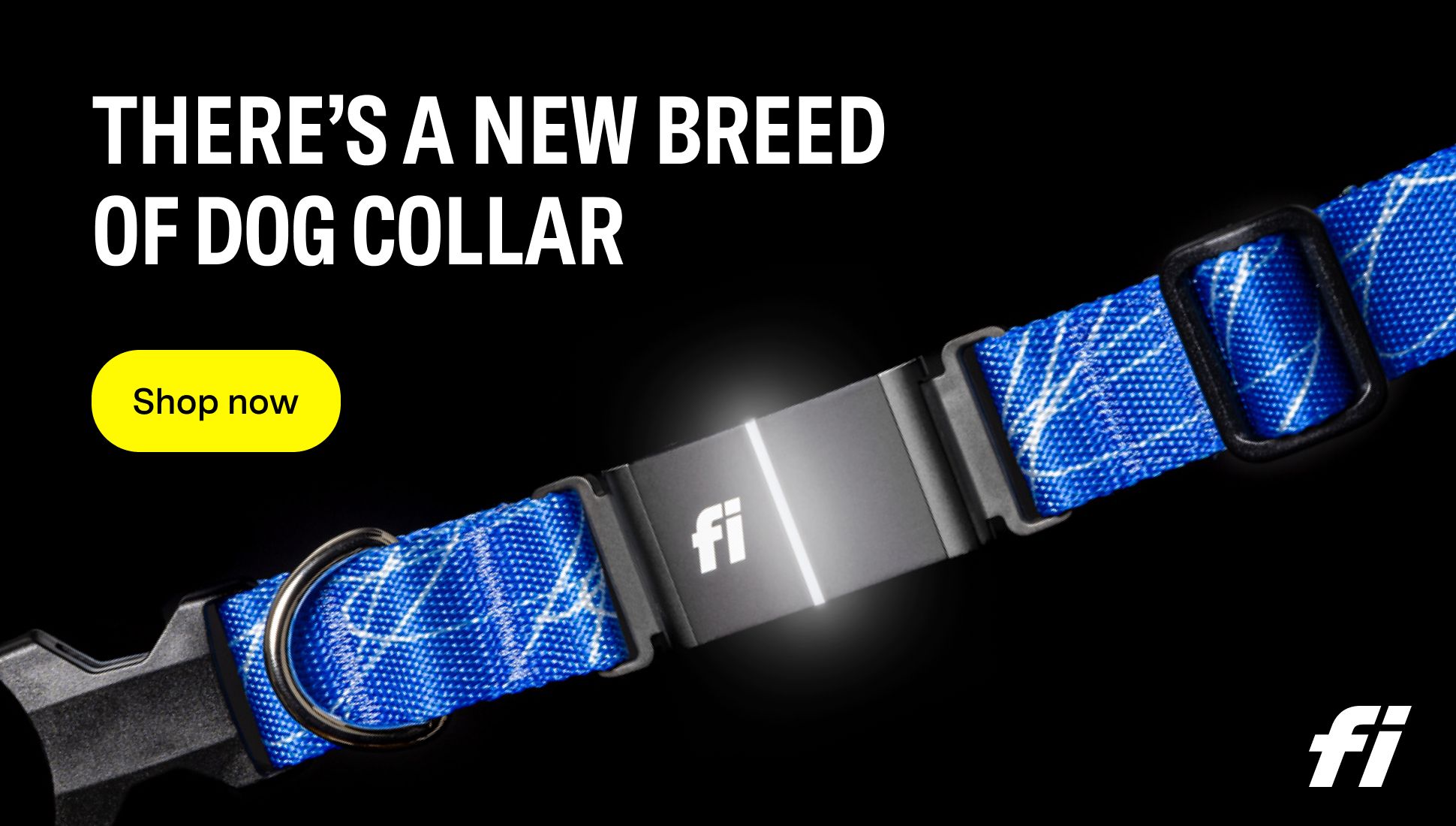
2. Professional Guidance on Alternative Approaches
When it comes to finding alternative approaches to stop a dog from licking wounds without using a collar,professional guidance on alternative approachesis a valuable option. Here are someprofessional guidance on alternative approachesthat can help address this issue:
- Behavioral modification: Professional trainers or behaviorists can provide specialized training techniques to redirect the dog's behavior away from licking wounds. They can help identify triggers and develop a training plan tailored to the specific needs of the dog.
- Medical interventions: Veterinarians can prescribe medications or sprays that deter dogs from licking wounds. These products often contain bitter-tasting substances that make the wound unappealing to the dog.
- Wound protection: Professionals can recommend alternative protective clothing or bandages that can be used to cover the wound, preventing the dog from accessing it. They can guide you on how to properly apply and maintain these protective measures.
Remember, the effectiveness of these alternative approaches may vary depending on the individual dog and the severity of the wound. It's essential to consult with a professional to determine the most suitable approach for your specific situation. Seeking professional guidance ensures that you receive expert advice and increases the likelihood of a successful outcome in preventing a dog from licking wounds without using a collar.
Frequently Asked Questions
How can I stop my dog from licking their wound without using a collar?
There are several methods to prevent dogs from licking their wounds without using a collar:
- Using anti-lick strips or spray, which can be effective and are available at pet stores and vets. These products contain natural ingredients and can be used on wounds in areas other than the legs/feet. However, some dogs may not mind the taste and continue to lick their wounds.
- Applying bitters as a taste deterrent spray can discourage licking. Mix 2 cups of apple cider vinegar (or lemon juice) with 1 cup of white vinegar in a spray bottle. Apply a small amount of the mixture onto a tissue and let the dog sniff it. The unpleasant taste can discourage licking.
What are the best methods for cleaning a wound on a dog?
Here are some effective ways to clean a wound on a dog:
- A saline solution made with 1 cup boiling water and ½ teaspoon of salt can be used to clean small wounds. Use a syringe to wash the wound repeatedly with the saline solution, disinfecting and removing debris.
- Chlorhexidine, a skin disinfectant, can also be used to clean wounds. Use a 2% or 4% solution, with lower concentrations being safer for dogs.
- Hydrogen peroxide can be used on minor wounds, but it must be properly diluted. Mix 1 part 3% hydrogen peroxide with 3 parts water before applying.
- Turmeric paste, which acts as an anti-inflammatory and disinfectant, can also be used to clean wounds. Mix ¼ cup turmeric and ½ cup water in a saucepan, heat and stir until combined, then cool and thicken before applying.
What are the disadvantages of using an Elizabeth Collar to prevent a dog from licking their wound?
While an Elizabeth Collar can effectively prevent wound damage and bandage removal, there are some disadvantages:
- Some dogs may feel uncomfortable and stressed while wearing the collar, leading to decreased mobility and increased anxiety.
- The collar may hinder the dog's ability to eat and drink comfortably.
Are bandages a good way to prevent a dog from licking their wound?
Bandaging the wound can create a clean wound environment and promote faster healing, but it has its limitations:
- The bandage needs to be changed if it gets wet, which can be time-consuming and may require additional supplies.
- Bandaging can be expensive, especially if the wound requires frequent changes.
Can boots be used to prevent a dog from licking wounds?
Boots can be an option to prevent dogs from licking wounds on their legs. Here are some considerations:
- Boots can be purchased from a vet, pet shop, or online and can be used alone or over a bandage/dressing.
- It is important to ensure the boots fit correctly to stay on without rubbing and causing discomfort to the dog.
- Some dogs may not enjoy wearing boots, so it may not be suitable for all dogs or all types of wounds.
What are the potential side effects of using a taste deterrent spray?
A taste deterrent spray, such as bitters made from apple cider vinegar and white vinegar, can discourage licking. However, there are some potential side effects:
- The spray may not be effective for all dogs, as some may not mind the taste and continue to lick their wounds.
- If the dog ingests a large amount of the spray, it may cause gastrointestinal upset.
